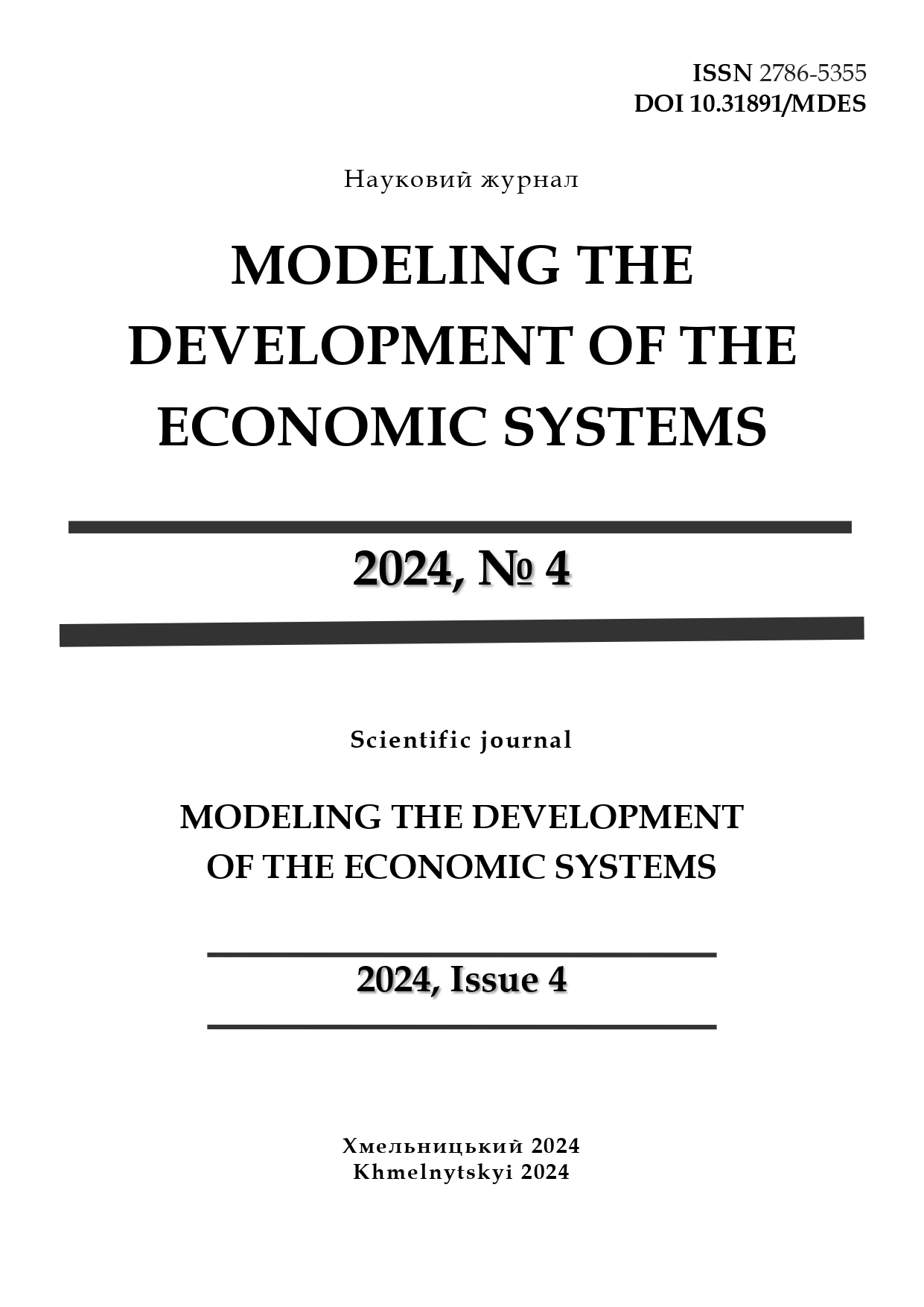MODELING THE PROCESSES OF ELIMINATING THE NEGATIVE CONSEQUENCES OF WAR FOR THE SOCIO-ECONOMIC SECURITY OF THE REGION: FINANCING FEATURES
DOI:
https://doi.org/10.31891/mdes/2024-14-44Keywords:
model, economic security, rehabilitation programs, financing, socio-economic development, healthcareAbstract
The article explores in depth the principal factors of the war’s adverse influence on the socio-economic development of regional systems and the productive capacity of the population. These destructive factors include large-scale temporary emigration, internal displacement of citizens, and the urgent mobilization of working-age individuals for national defense purposes. Each of these elements not only causes direct demographic losses but also disrupts the balance of regional labor markets, reduces investment attractiveness, and limits the functioning of key infrastructure sectors. The research presents a conceptual model for minimizing such negative effects by converting the consequences of war-related factors into input parameters for medium- and long-term socio-economic forecasting. This modeling approach allows policymakers to assess the adaptive capacity of regional economies and to plan for the gradual restoration of productive potential.
The study substantiates that accelerating the recovery of the region’s labor potential requires the strategic concentration of human and material resources within the industrial, construction, and communal sectors. These sectors form the foundation for the reconstruction of housing, energy systems, and transportation infrastructure — the prerequisites for stable post-war socio-economic growth. A key element of this recovery is the large-scale implementation of population rehabilitation and reintegration programs, which should address both physical and psychological recovery needs.
The article also identifies and classifies potential sources of financing for such programs, including the National Health Service of Ukraine, multi-level state and local budgets, educational institution grant programs, and special-purpose healthcare funds. It emphasizes the necessity of ensuring an optimal ratio between own, borrowed, and external financial resources, which will guarantee balanced participation and accountability among all stakeholders. A comprehensive optimization model for the financing of rehabilitation programs is developed, providing methodological support for sustainable regional recovery strategies.
Downloads
Published
How to Cite
Issue
Section
License
Copyright (c) 2024 Валерій ГАРБУЗЮК

This work is licensed under a Creative Commons Attribution 4.0 International License.




